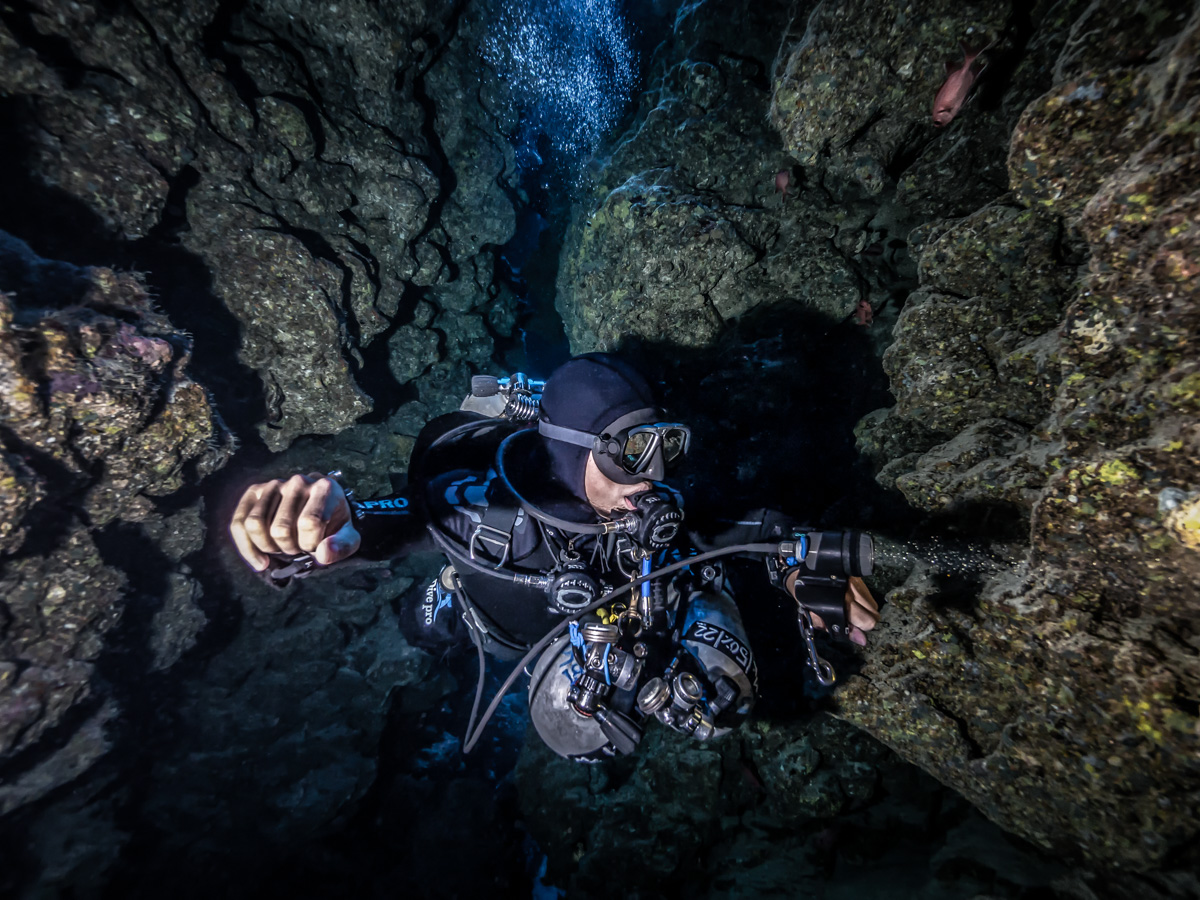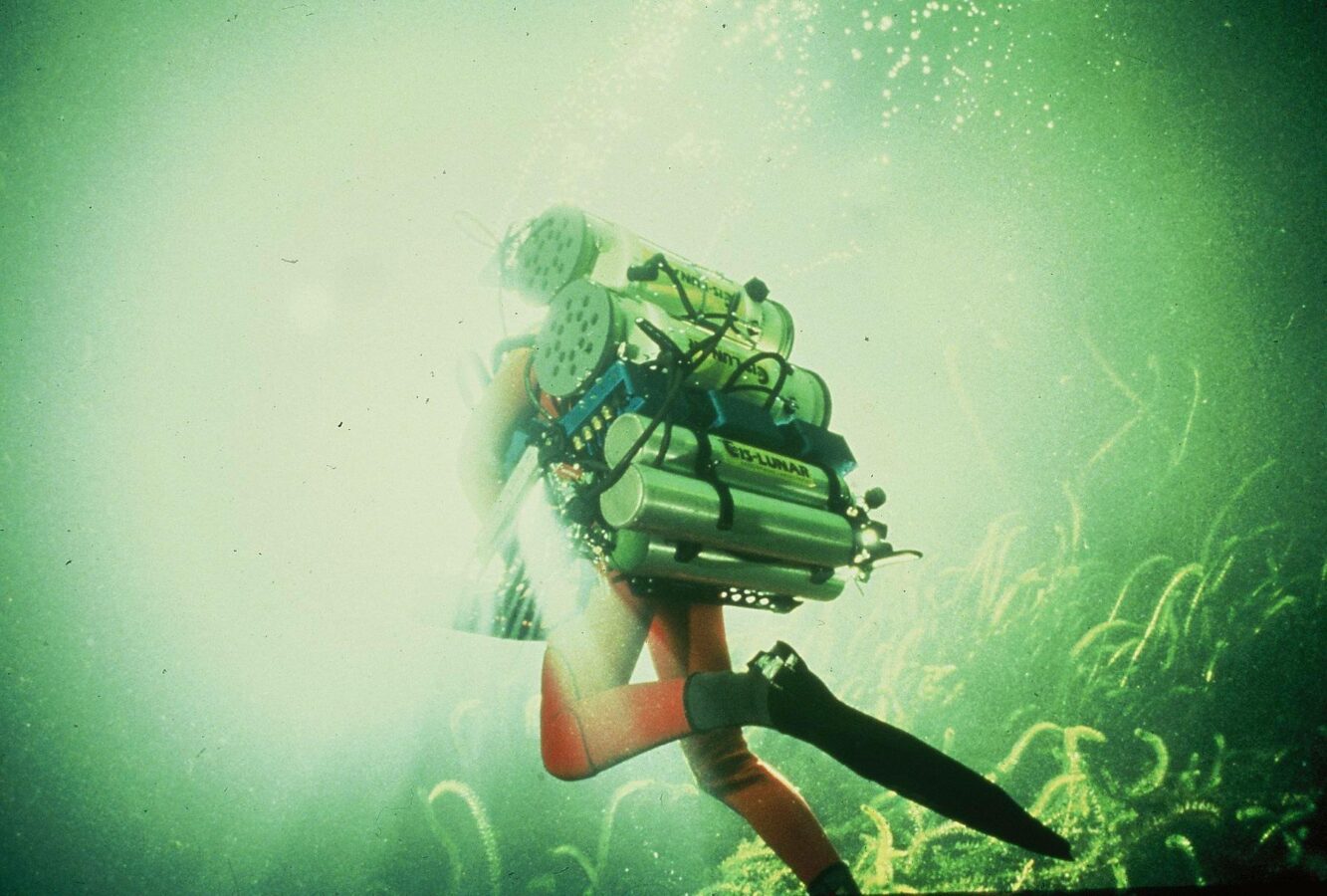Are you interested in tec diving? Find out how to become a Technical Diver!
Have you ever seen another group of divers on a dive site, covered from head-to-toe with multiple tanks, depth labels, torches and more? Was your interest aroused as they descended further into the deep blue, while you and your buddy stayed on the shallower part of the reef? If so, you may be wondering what technical diving is and more importantly:
“How do I become a technical diver?”
If that’s the case, then stick around as we go through the ins and outs of tec diving, how to become a technical diver, as well as SSI Technical diving courses.
What is Technical Diving?
Technical diving is a broad term that refers to any type of dive in which you have an “overhead ceiling”. In simple terms, an overhead ceiling is anything that stops you from making a direct ascent to the surface.

This can be a literal overhead environment, such as inside a cave, wreck or mine. But it can also be a “soft ceiling” – specifically, a decompression obligation.
| 🔍 What is decompression? The longer and deeper you dive, the more inert gas (such as nitrogen) dissolves into your body’s tissues. When you ascend, this inert gas then begins to come out of your body’s tissues. This is the process of on-gassing and off-gassing, with the latter preventing decompression sickness. For recreational dives, we stay within our “No Decompression Limit” (NDL), which is the maximum amount of time we can spend at a given depth while still being able to directly ascend to the surface. Dives within our NDL restrict the amount of inert gas in our body. On the other hand, when we exceed our NDL on a dive, we then have to perform decompression stops during our ascent. These stops give the inert gas in our tissues enough time to come out. |
Since the 1990s, tec diving has been on the rise and has spiked in popularity in recent years. More and more divers have been enrolling in entry-level tec courses, while “tec-reational” equipment configurations (backplate and wing style BCDs) have similarly increased in popularity.
But is technical diving the right option for you?
Is Tec Diving for Me?
Tec diving opens up a whole world of opportunities for you. Whether you want to explore wrecks in deeper waters, dive the many canyon systems of Dahab, or simply extend your bottom time, a tec diving course can get you there.
But, as technical diving prevents you from making a direct ascent to the surface, tec diving courses train you to a much higher standard than what you may be used to. Just as a professional musician or an airline pilot are trained and held to high standards, so too are technical divers trained to safely execute their dives.
Overall, the most important prerequisite for tec diving courses is your mindset. As a tec diver, discipline and curiosity are your best friends. There’s no sense in doing things “just because the instructor said so”, or in taking unnecessary risks.
So if you want to bring your in-water skills and knowledge to the next level, while safely extending your limits, then a tec diving course may just be the next best thing for you.
Tec Diving Courses: Lagona Divers Technical
Just like with Rome, no technical diver was built in a day. At Lagona Divers Technical, we prioritise shallow water skill sessions, as well as classroom time, to give you a strong base of fundamental skills and knowledge.
Critical skills – from valve shutdowns, to trim and propulsion techniques – are first trained on land. Here we can talk through the exercises, making small adjustments where necessary, increasing your initial in-water skill level. This also gives you the time to ask questions and visualise the dive.
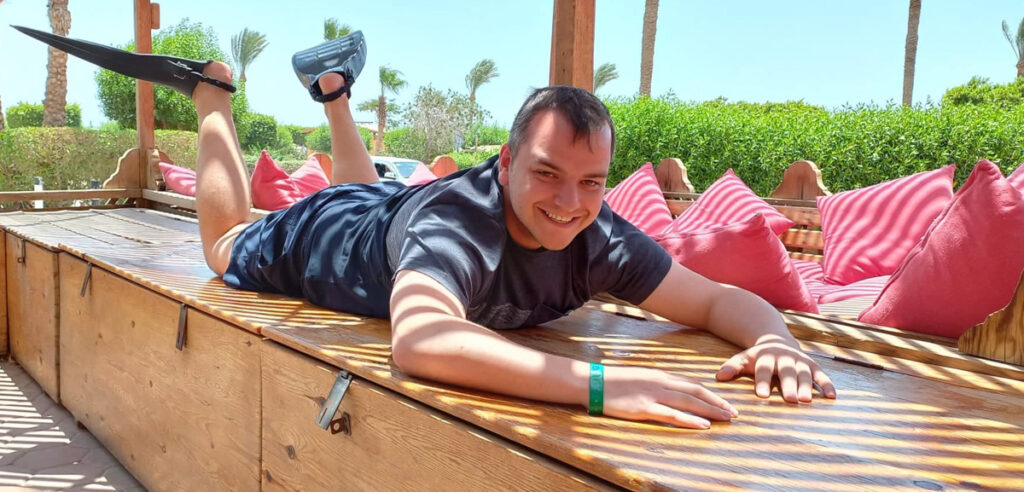
Then, after a short walk from the classroom to our private house-reef, we can put these skills into practice underwater. When you’re happy and feel comfortable, we can also make use of our house-reef for your first deco dive.
Using this combination of classroom and house-reef dives for the beginning of your tec diving courses creates a relaxed learning environment, free from the time-stress of boat schedules. This also allows you to take the course at the pace best for you.
Here in Dahab, we are big believers that stress doesn’t make for a good learning environment – and this is evidenced in all of our tec diving courses. From entry-level foundational courses to closed circuit rebreather (CCR) training, we prioritise your comfort.
SSI Technical Diving Courses
If you’re wondering “How do I become a technical diver?” then look no further.
We offer the full range of SSI Technical diving courses – as well as IANTD and TDI courses. Here’s an overview.
SSI Extended Range Foundations
The SSI Extended Range Foundations course is one of the most useful courses any diver can take.
Whether you’re looking to move deeper into technical diving, or simply to improve your in-water skill level, this course is the perfect next step for all divers.
In this course, you’ll cover the fundamental skills of diving, giving you a strong foundation (hence the name!) to continue your tec diving journey. This will be conducted over a minimum of 4 dives, with a cumulative bottom time of at least 240 minutes. You’ll learn about:
- Optimal equipment configurations
- Trim and body positioning
- Propulsion techniques
- Team-orientated diving
- Handling basic emergencies
This course not only gives you the necessary foundation for becoming a technical diver, but also gives you the “why?” behind everything you learn.
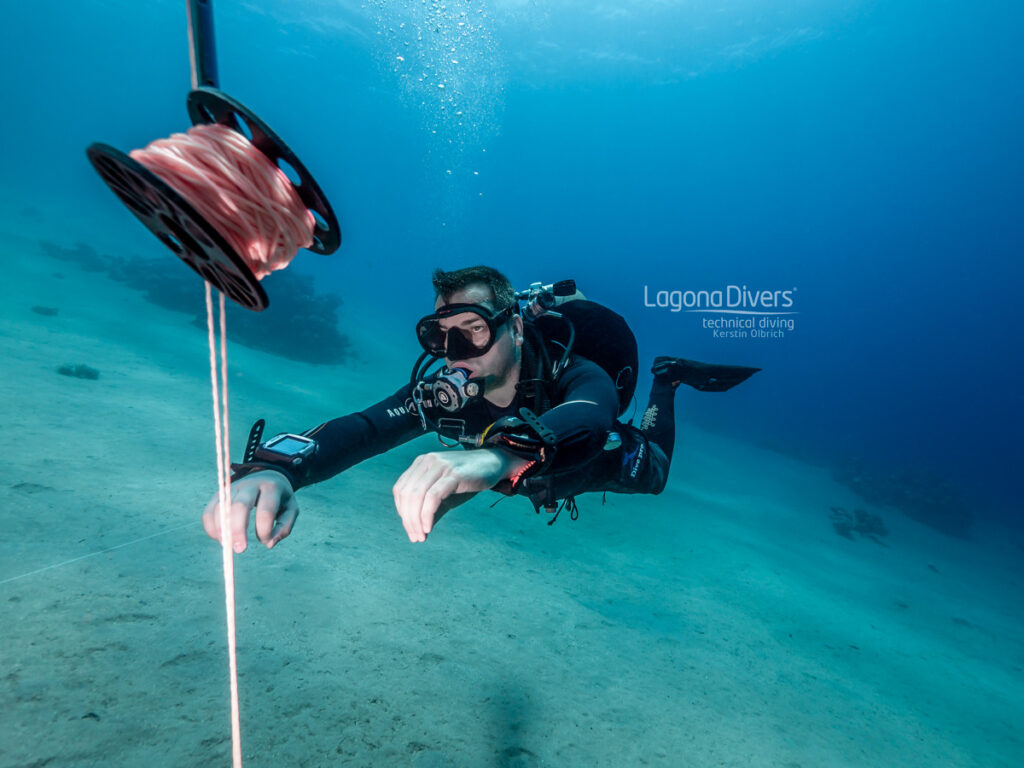
SSI Extended Range Air/Trimix
The SSI Extended Range course trains you to conduct dives of up to 45 metres, with a maximum decompression time of 25 minutes while utilising gases of up to 100% oxygen content.
This course is the bread and butter of technical diving, giving you the first step into the world of decompression diving.
The course is conducted over one confined water dive of at least 60 minutes, and 6 open water dives with a minimum total bottom time of 210 minutes.
Additionally, if you want to have a clearer head during the deeper dives, you also have the option to complete the SSI Extended Range diving course using Trimix. In this case, you’ll complete open water dives 5 and 6 using Trimix.
SSI Technical Extended Range Air/Trimix
The SSI Technical Extended Range course expands your limits further, allowing you to complete dives as deep as 50 metres, utilising two gas switches.
This course is conducted over one confined water dive lasting a minimum of 90 minutes, in addition to 6 open water dives with a minimum cumulative bottom time of 210 minutes.
Again, if you’re interested in trimix diving, then this course can be completed using trimix so that you have a clearer head at depth.
In the SSI training system, experience between courses is an important element. That means that if you want to complete your SSI Technical Extended Range course, then you’ll first need some extended range diving experience. Specifically, you need at least 70 logged dives, 20 of which should be deeper than 30 metres and 10 with required decompression stops.
SSI Hypoxic Trimix
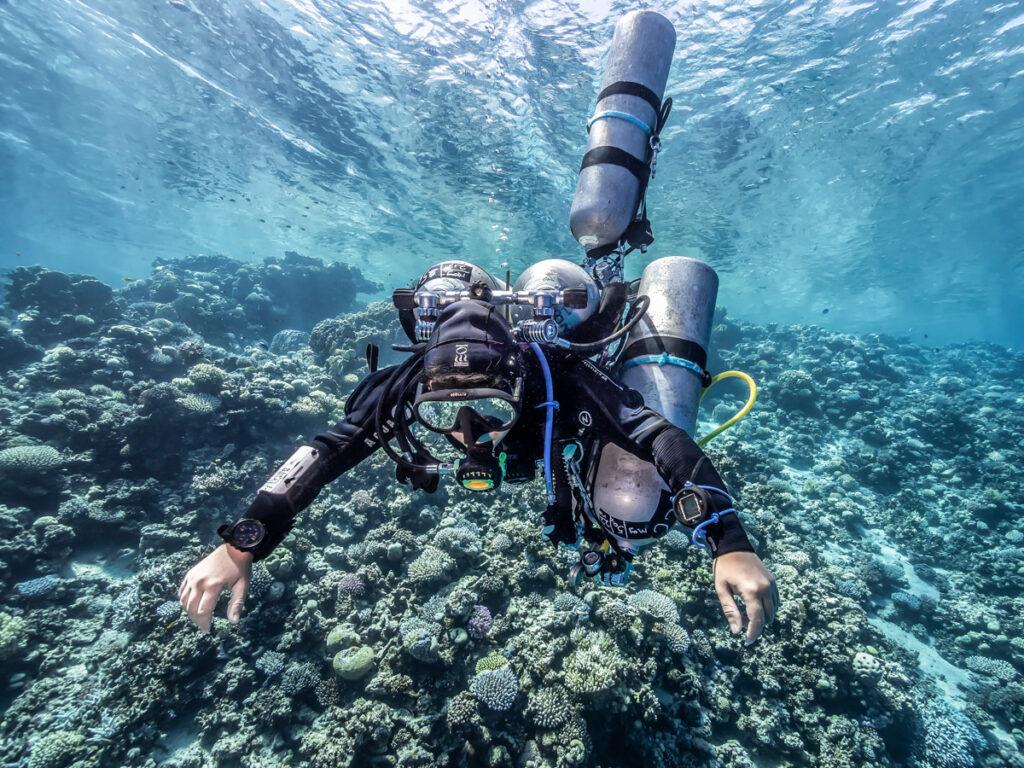
The SSI Hypoxic Trimix course is the pinnacle of open circuit tec diving courses. It trains you to complete dives of up to 100 metres, using hypoxic trimix.
The course includes one confined water dive lasting a minimum of 90 minutes, as well as a minimum of 6 open water training dives, in which dives 3-6 must be a minimum of 5 hours.
To complete your SSI Hypoxic trimix diving course, you’ll need at least 100 logged dives, 30 being deeper than 30 metres, 10 deeper than 45 metres, and 20 requiring staged decompression with a minimum of 2 gas switches.
If you’re interested in becoming a technical diver, or have any questions regarding our courses here at Lagona Divers Technical, then feel free to contact us.
